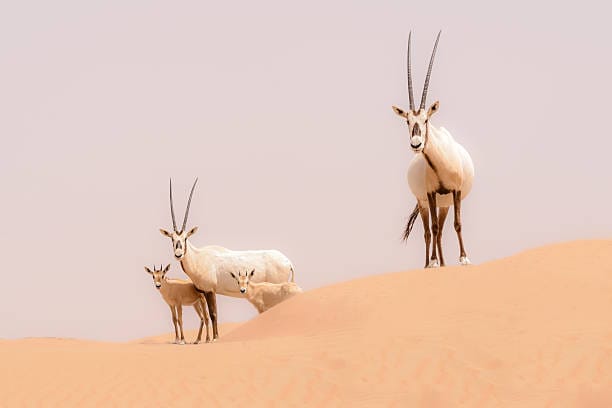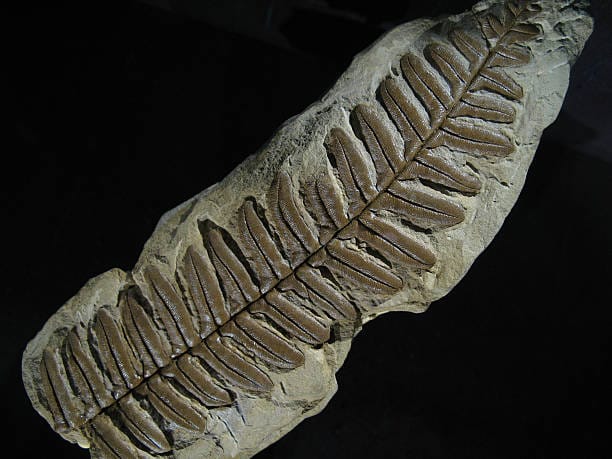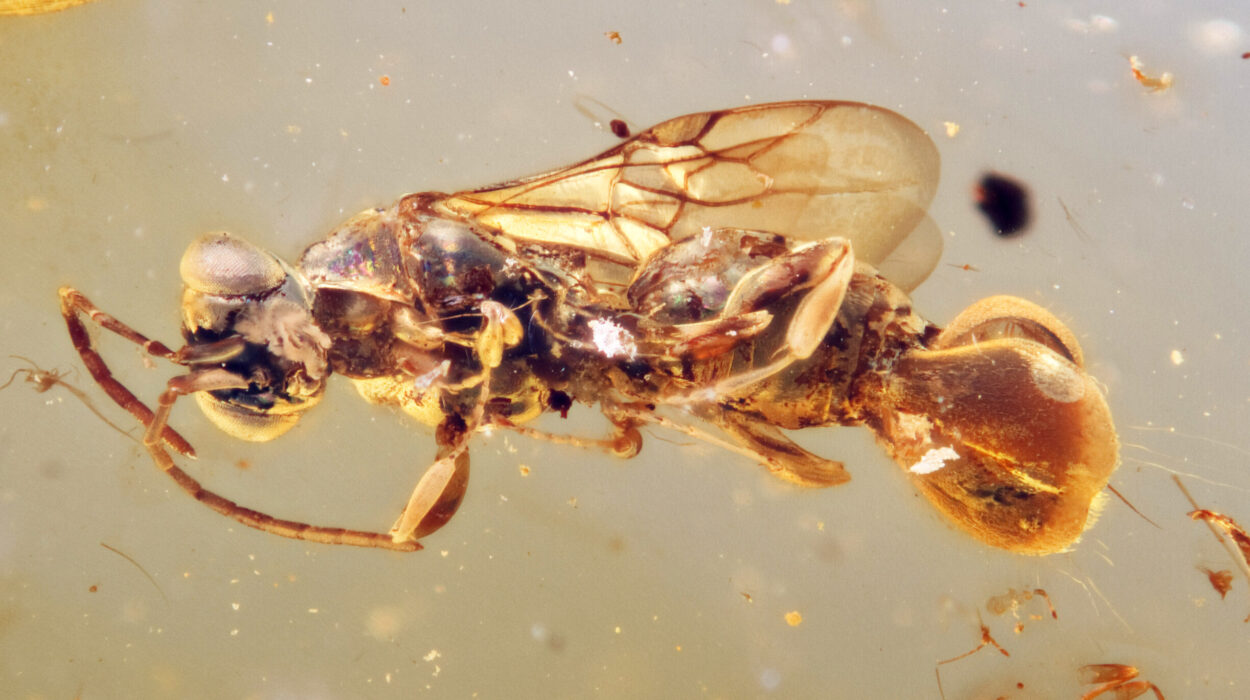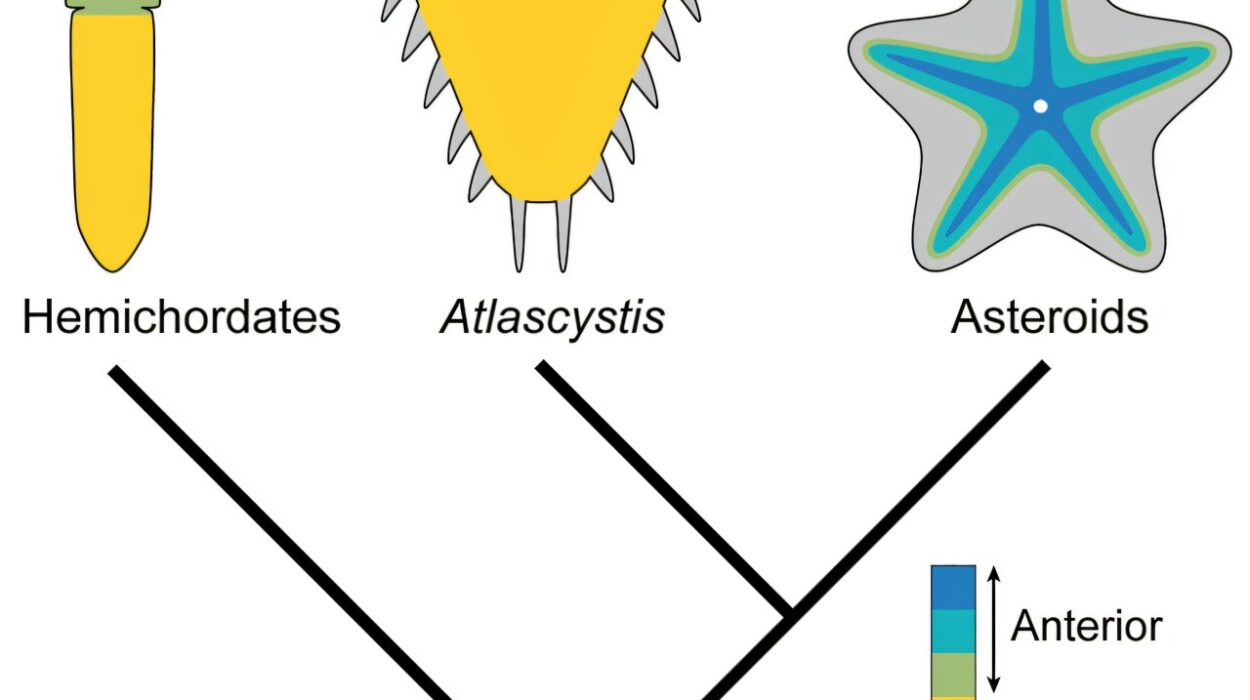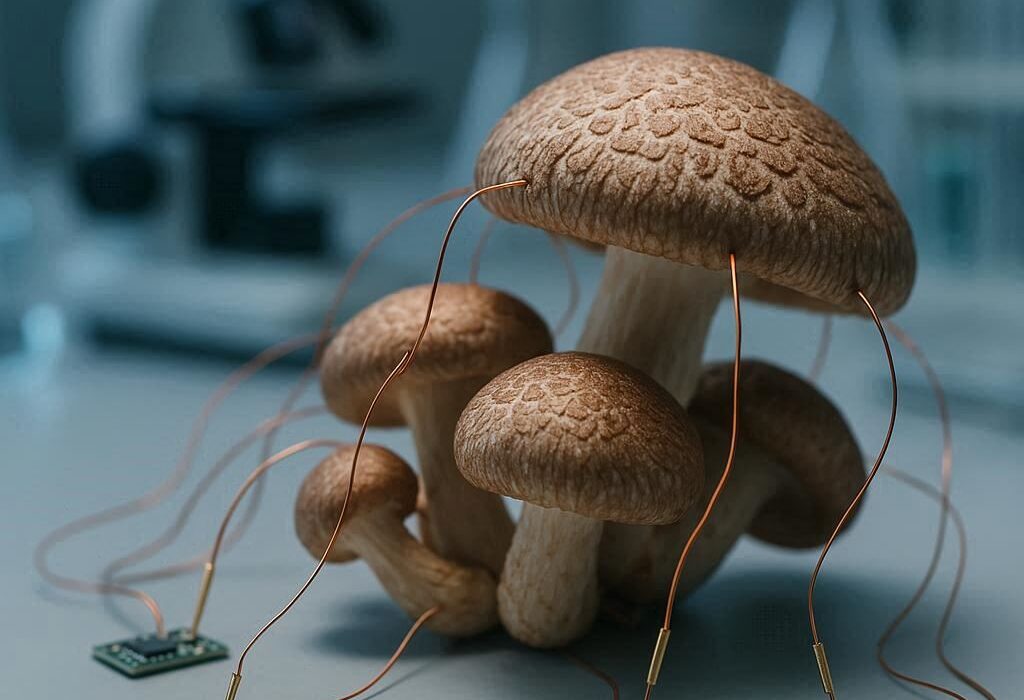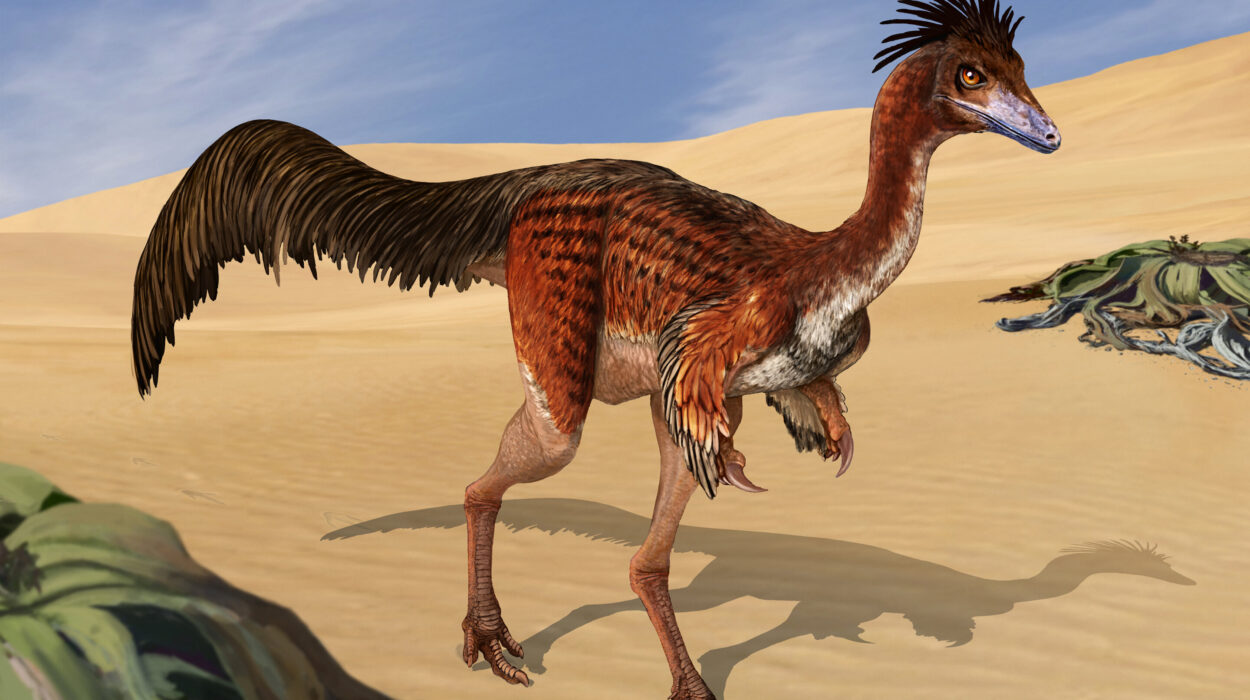When the skies were gray and the tide was low along the cliffs of Lyme Regis in southern England, a young girl could often be seen climbing the dangerous, slippery ledges with a hammer in hand. Her name was Mary Anning, and though she was born into poverty and largely excluded from formal scientific circles, she would come to shape our understanding of prehistoric life in ways few at the time could even comprehend.
Her story is not just one of scientific discovery, but of resilience, curiosity, and quiet defiance. At a time when women were expected to remain in the background and when science was largely a gentleman’s pursuit, Mary Anning dug into the Earth—both literally and figuratively—uncovering not only ancient bones, but the foundations of a science in its infancy: paleontology.
Early Life: Born into Shadows, Destined for Light
Mary Anning was born on May 21, 1799, in a small cottage near the sea in Lyme Regis, Dorset. Her parents, Richard and Mary Anning, were Dissenters—a Protestant group that existed outside the Church of England—and they struggled financially. Richard was a cabinetmaker by trade but also a part-time fossil collector, selling his finds to tourists visiting the seaside resort. It was a precarious living at best, but it was enough to plant the seeds of fossil-hunting in young Mary’s heart.
She was the only surviving daughter out of ten children, most of whom died in infancy. Tragedy haunted her early years. When she was only 15 months old, she was struck by lightning while being held by a neighbor under a tree. The woman died, but Mary survived—a rare and strange occurrence that the townspeople considered a sign of divine favor. Whether fate, chance, or something else entirely, Mary Anning had already defied the odds.
When Mary was just eleven years old, her father died from tuberculosis, leaving the family destitute. The small fossil shop that Richard had run was now their only source of income. Her mother, though devout and pragmatic, leaned heavily on Mary and her older brother, Joseph, to support the family through fossil collecting. It was not a passion at this point—it was survival.
The First Great Discovery: The Ichthyosaur
In 1811, Joseph made a remarkable discovery—what appeared to be a skull, unlike anything they had seen before. Mary, only 12 years old at the time, was determined to find the rest of the creature. Over the course of several months, she painstakingly chipped away at the rock, eventually revealing a nearly complete skeleton measuring 17 feet in length.
It was the first correctly identified Ichthyosaur, a marine reptile that lived approximately 200 million years ago during the Jurassic period. At the time, the word “dinosaur” hadn’t even been coined. The find created a sensation and was sold to a private collector. Eventually, it made its way into the British Museum.
Although Mary had uncovered one of the most significant fossil finds of the century, she received neither public credit nor financial security. The scientific papers that described the specimen were written by men who barely mentioned her. But Mary knew what she had done. She had resurrected something from the deep past, and it would not be her last.
A Landscape of Bones and Secrets
The cliffs of Lyme Regis are part of what is now called the Jurassic Coast, a 95-mile stretch of shoreline renowned for its fossil-rich rock layers. But in the early 19th century, they were largely uncharted, at least by the standards of science. Mary Anning made them her laboratory.
Every day, she faced landslides, crumbling rock, and tides that could trap the unwary. She risked her life countless times to extract fossils buried deep in the Blue Lias clay. She developed an uncanny instinct for where to dig, how to spot unusual formations, and how to preserve fragile remains. Without any formal education, Mary taught herself anatomy, geology, and the meticulous art of fossil preparation. She read scientific texts and sketched her finds in detail. Her knowledge became so vast that visiting geologists began to rely on her for both guidance and specimens.
Over the years, she unearthed other groundbreaking fossils: the first complete Plesiosaur skeleton in 1823, a creature so strange that some scientists initially accused her of forgery; the first British Pterosaur—a flying reptile that defied the boundaries of imagination; and a host of fossilized fish, invertebrates, and even the earliest known examples of fossilized coprolites (prehistoric dung), which helped illuminate ancient ecosystems.
The Woman Behind the Hammer
Despite her extraordinary contributions, Mary lived most of her life on the edge of poverty. She never married. Her life was consumed by the pursuit of bones—creatures that had not seen the light of day for millions of years. She was deeply religious, reflective, and cautious, yet when it came to fossils, she was bold and uncompromising.
Her gender and class placed her firmly outside the scientific establishment of her day. She could not attend university, join geological societies, or publish papers in academic journals. Men of science—many of whom relied on her specimens—would sometimes speak down to her, while others quietly acknowledged her brilliance but failed to credit her in their publications.
Nevertheless, she formed important relationships with some of the leading geologists and anatomists of the time, including Henry De la Beche, William Buckland, and Richard Owen. De la Beche, recognizing her struggles, even painted a now-famous watercolor called “Duria Antiquior” (A More Ancient Dorset), a vision of prehistoric life based on her discoveries. The proceeds from the prints went to support Mary.
She was not one to brag or seek the limelight. Her notebooks reveal a mind deeply engaged with the material she unearthed. She wrote, “The world has used me so unkindly, I fear it has made me suspicious of everyone.” And yet, her actions tell a different story—of someone who chose perseverance over bitterness, knowledge over status, and curiosity over comfort.
Changing the Conversation About Extinction
One of the most radical implications of Mary Anning’s work was its contribution to the idea of extinction itself. Until the early 1800s, many people believed that all species created by God still existed somewhere on Earth. The notion that entire lineages could vanish from the planet seemed at odds with religious doctrine and philosophical belief.
But the creatures Mary uncovered were not merely variations of living animals; they were alien in form, utterly incompatible with the modern world. They had teeth like swords, eyes like dinner plates, and bodies built for a vanished ocean. Her fossils offered undeniable, physical proof that extinction was real—that Earth had undergone profound and cataclysmic changes.
Her discoveries gave scientists like Georges Cuvier and William Buckland the evidence they needed to argue for a dynamic, changing planet, one shaped by deep time and punctuated by upheaval. In this way, Mary Anning helped set the stage for Charles Darwin and the theory of evolution by natural selection. Although she died before Darwin’s “On the Origin of Species” was published in 1859, her fossils whispered the same truth he would later articulate: that life is not static, but ever-changing.
Recognition in the Shadows
Mary Anning never received the accolades she deserved during her lifetime. She was occasionally praised in letters and journals, often as a mere “collector” rather than a contributor to science. In truth, her role went far beyond that of a hobbyist or assistant. She was an empirical thinker, a careful observer, and a brilliant interpreter of ancient life.
Toward the end of her life, some in the scientific community began to acknowledge her importance. In 1838, the British Association for the Advancement of Science awarded her a small pension in recognition of her contributions. But by then, she was already suffering from breast cancer. She died on March 9, 1847, at the age of 47.
Her funeral was attended by many in the local and scientific community, and a stained-glass window in her honor was later installed in the parish church of Lyme Regis. But for many decades, her name was largely absent from textbooks and scientific histories. It was only in the late 20th and early 21st centuries that her legacy began to receive the attention it so deeply deserved.
A Legacy Set in Stone
Today, Mary Anning is recognized as one of the most important figures in paleontology. Museums around the world display specimens she discovered, often with her name now proudly attached. Her story has inspired novels, children’s books, films, and even a statue—erected in Lyme Regis in 2022 after a grassroots campaign led by schoolchildren.
She is a symbol not only of scientific brilliance but of the marginalized voices who have shaped science from the edges. Her life invites us to reconsider who gets to participate in discovery and who gets written into history. For every famous name in science, there are often countless others whose labor and insight remain invisible. Mary Anning reminds us that brilliance does not require permission—it only needs persistence.
In paleontology, her contributions cannot be overstated. She helped establish fossil collecting as a serious scientific endeavor. Her finds provided the raw material for some of the most transformative ideas in natural history. She helped shift the study of fossils from curiosity to discipline—from oddities to evidence. And she did all this without academic credentials, institutional support, or societal approval.
The Enduring Power of Curiosity
Perhaps what makes Mary Anning so enduringly inspirational is that her story transcends the realm of science. It is a human story—about what it means to seek knowledge in a world that may not want you to find it, about how the questions we ask can lead us to truths buried far beneath the surface of things.
She never sought fame, yet she has become an icon. She never had formal education, yet she educated a generation of scientists. She never traveled far from home, yet her impact spans continents and centuries.
In a letter written by one of her scientific contemporaries, it was said: “She has not been raised above her station; she has raised her station by her own efforts.” And raise it she did—until her legacy stood taller than the cliffs she once climbed.
As long as paleontologists walk the Jurassic Coast or unearth fossils from ancient stone, the spirit of Mary Anning will be with them. In every shattered shell and fossilized bone, in every museum exhibit and evolutionary diagram, her quiet determination speaks across time.
She showed us that the Earth keeps its history close, hidden beneath our feet, waiting for someone brave enough—and curious enough—to uncover it.

